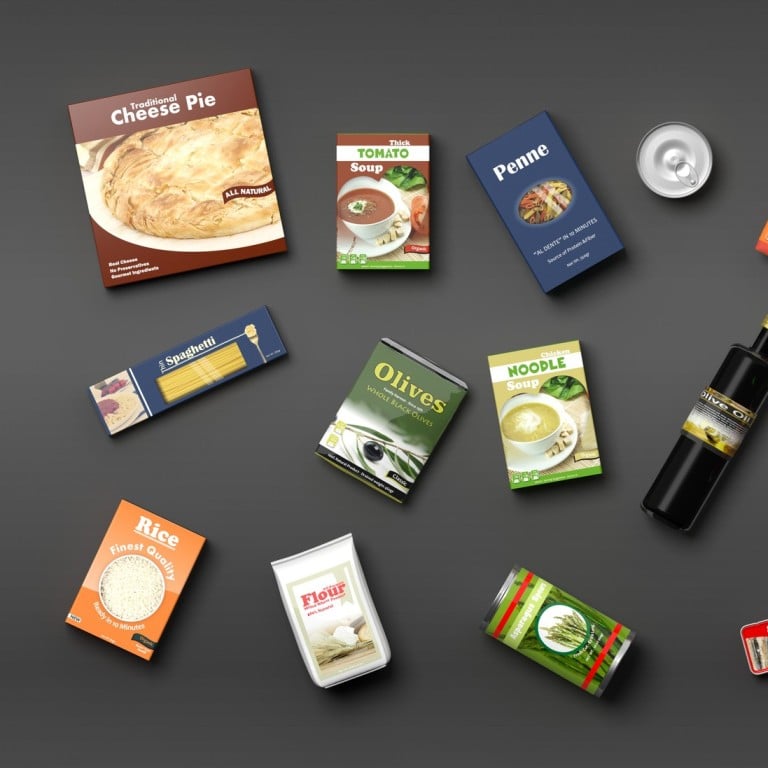Opinion / Food packaging decoded: how to unpack that mind-boggling list of ingredients

From pasta to chocolate, your supermarket is lined with attractively packaged products, but consumers need to look closely at the ingredients list
When you are walking down the grocery aisle, which components of the food packaging catch your eye? The logo, the product image, the slogans or the colours? Are there statements on the wrappers that resonate with you, such as “Asia’s favourite” or “Better than the leading brand”?
The front of a package is usually packed with information, and it’s not always easy to absorb what is presented. Choosing food has become more challenging for consumers as food companies promote their products in increasingly different ways.
Are food companies deliberately deceiving their customers? Not necessarily. Often, a specific type of product is manufactured in response to nutrition trends and/or to meet consumer needs. However, statements such as “Asia’s favourite” and “Better than the leading brand” are opinions rather than facts backed by evidence.
To decode a food product, consumers must understand the basics of food packaging: the front is all about marketing, while the back includes objective and essential information such as nutritional content and the ingredients.
My advice is, look beyond the front of a package and consider the following:
How will you be eating the food?

Context is key. For instance, cheese is high in calcium and protein, which are beneficial to health, but it is also high in calories. Are you going to eat an ounce of cheese to accompany a healthy snack, such as fruit and a few pieces of crackers? Or are you going to load it on to your favourite pasta, thus consuming more calories than you actually need?
Another example is edible oils, such as flaxseed oil, which has omega-3 fats that are essential for maintaining a healthy heart. If you only look at the amount of calories and fat under the nutritional content, you are unlikely to place it in your shopping trolley. But you might buy it if you know you will only be using a small amount of the oil in your food.